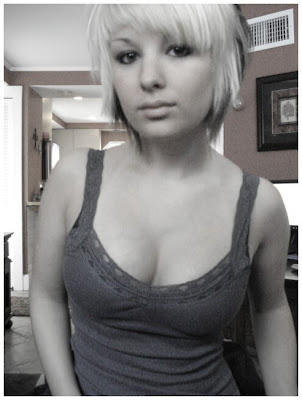

AllMusic described emo lyrics as "usually either free-associative poetry or intimate confessionals". Lyrics, a focus in emo music, are typically emotional and often personal or confessional, dealing with topics such as failed romance, self-loathing, pain, insecurity, suicidal thoughts, love, and relationships. Some emo leans uses characteristics of progressive music with the genre's use of complex guitar work, unorthodox song structures, and extreme dynamic shifts. Emo uses the guitar dynamics that use both the softness and loudness of punk rock music. Nonetheless, emo has also been considered a genre of alternative rock, indie rock, punk rock and pop punk. During the late 2010s, a fusion genre called emo rap was mainstream, with some of emo rap's most famous artists including Lil Peep, XXXTentacion and Juice Wrld.Ĭharacteristics The emo band Hawthorne Heights in 2007Įmo originated in hardcore punk and is considered a form of post-hardcore. Meanwhile, however, a mainly underground emo revival emerged, with bands such as The World Is a Beautiful Place & I Am No Longer Afraid to Die and Modern Baseball, some drawing on the sound and aesthetic of 1990s emo.

By the early 2010s, emo's popularity had declined, with some groups changing their sound and others disbanding. Bands such as My Chemical Romance, AFI, Fall Out Boy and the Red Jumpsuit Apparatus continued the genre's popularity during the rest of the decade. Purported links to depression, self-harm and suicide, combined with its rise in popularity in the early 2000s, inspired a backlash against emo, with bands such as My Chemical Romance and Panic! at the Disco rejecting the emo label because of the social stigma and controversy surrounding it.Įmo and its subgenre emo pop entered mainstream culture in the early 2000s with the success of Jimmy Eat World and Dashboard Confessional and many artists signed to major record labels. The emo subculture was stereotypically associated with social alienation, sensitivity, misanthropy, introversion and angst. Since the early to mid 2000s, fans of emo music who dress like this are referred to as "emo kids" or "emos" and known for listening to bands like My Chemical Romance, Fall Out Boy, Hawthorne Heights, The Used, and AFI. Emo fashion has been associated with skinny jeans, black eyeliner, tight t-shirts with band names, studded belts, and flat, straight, jet-black hair with long bangs. Often seen as a subculture, emo also signifies a specific relationship between fans and artists and certain aspects of fashion, culture and behavior. Screamo achieved mainstream success in the 2000s with bands like Hawthorne Heights, Silverstein, Story of the Year, Thursday, the Used, and Underoath. Meanwhile, screamo, a more aggressive style of emo using screamed vocals, also emerged, pioneered by the San Diego bands Heroin and Antioch Arrow. By the mid-1990s, bands such as Braid, the Promise Ring, and the Get Up Kids emerged from the burgeoning Midwest emo scene, and several independent record labels began to specialize in the genre. In the early–mid 1990s, emo was adopted and reinvented by alternative rock, indie rock, punk rock, and/or pop punk bands such as Sunny Day Real Estate, Jawbreaker, Cap'n Jazz, and Jimmy Eat World. hardcore punk scene, where it was known as emotional hardcore or emocore and pioneered by bands such as Rites of Spring and Embrace. It emerged as a style of post-hardcore and hardcore punk from the mid-1980s Washington D.C. Emo / ˈ iː m oʊ/ is a rock music genre characterized by emotional, often confessional lyrics.


 0 kommentar(er)
0 kommentar(er)
